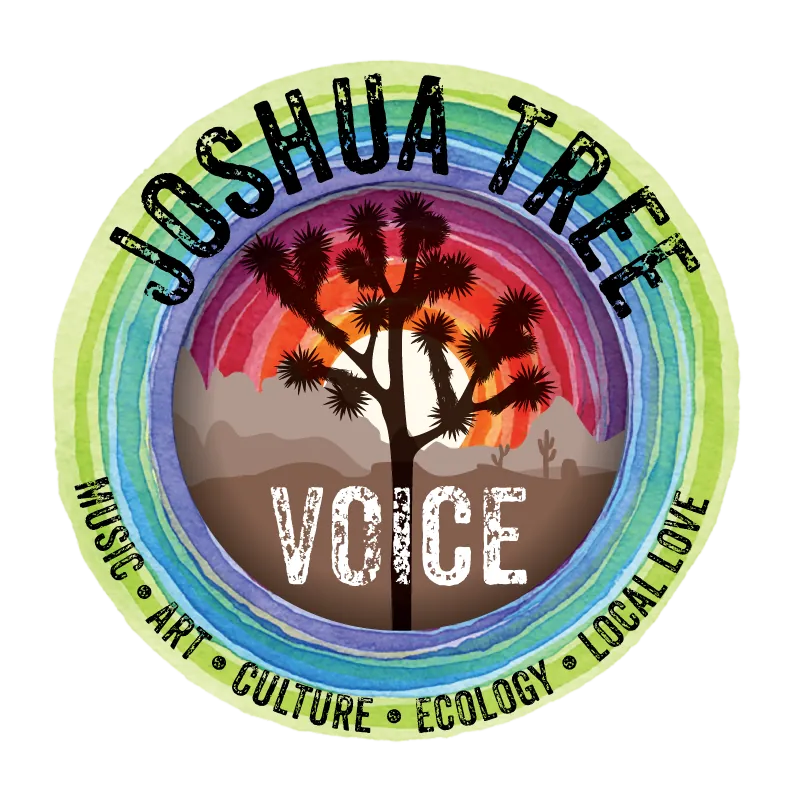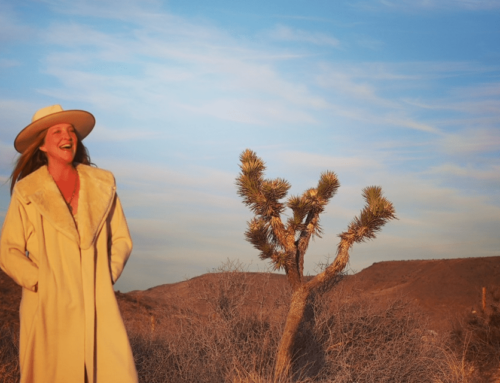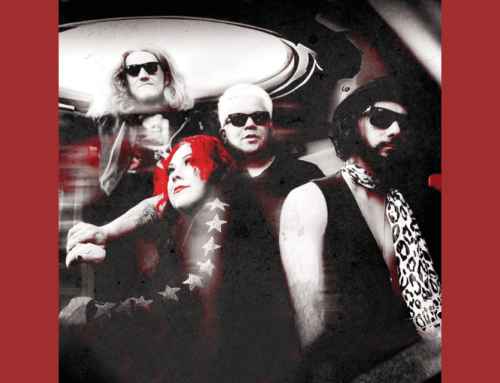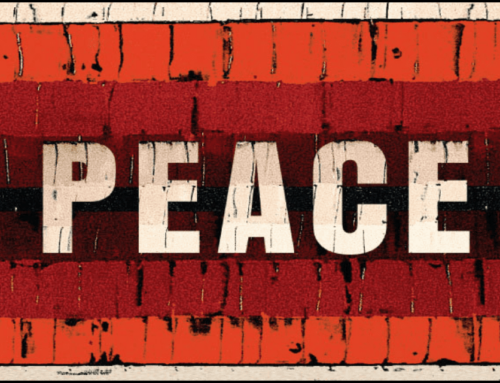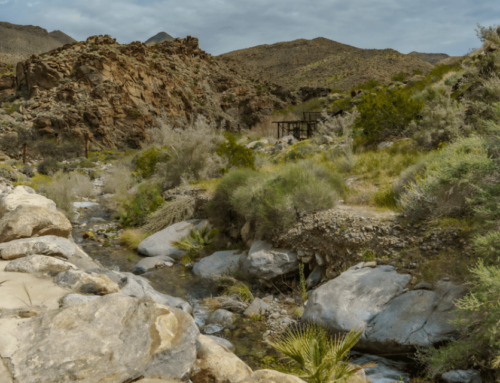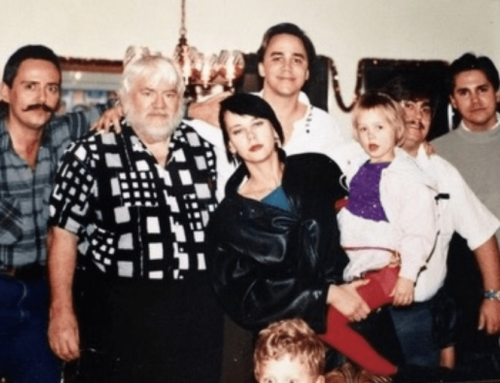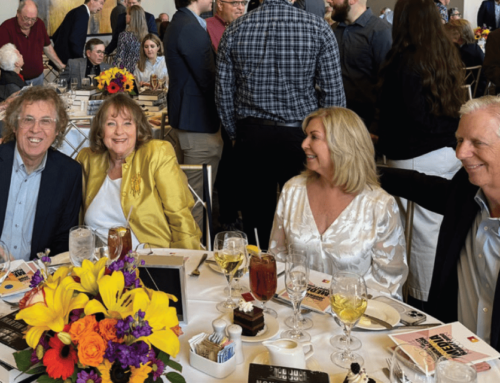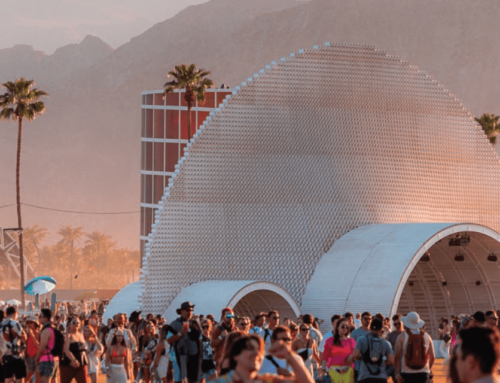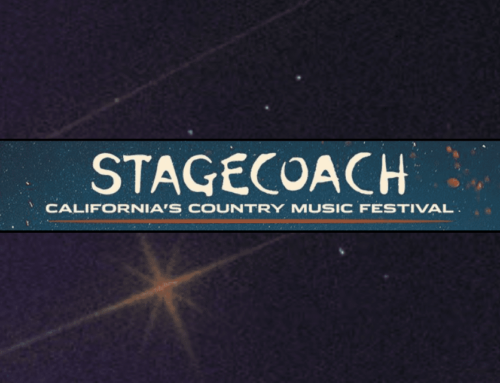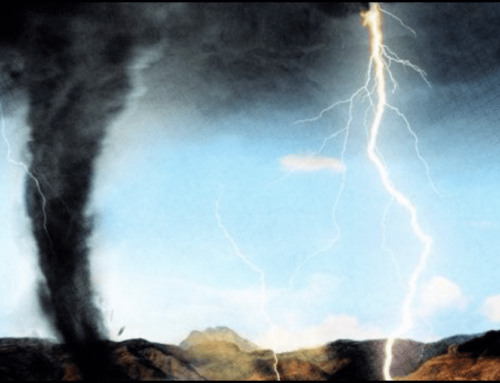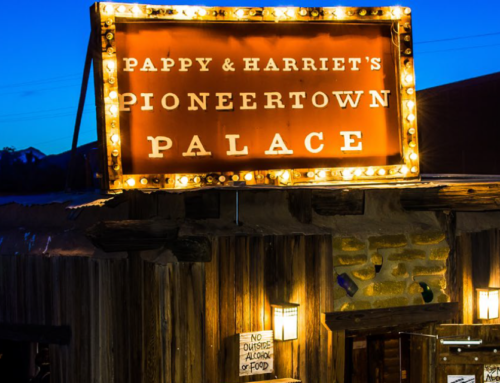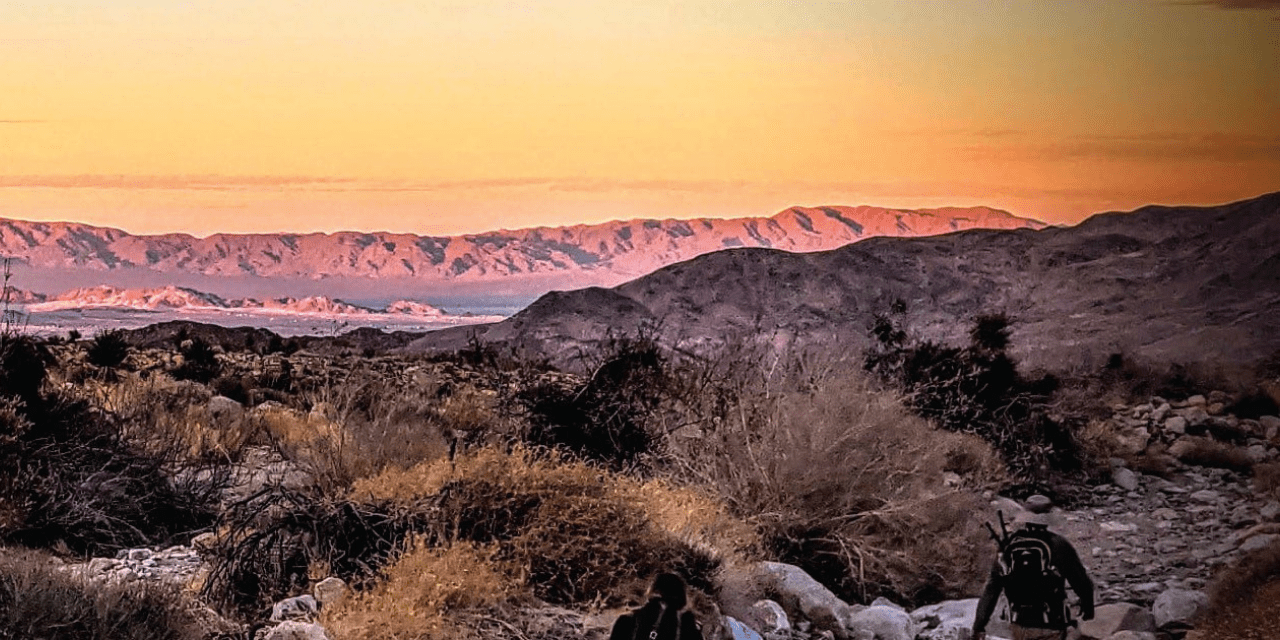
Desert Love – A hiker’s guide
By Travis Puglisi
Photo Credit: Travis Puglisi
I’m in love. I’m in love with the desert.
The feeling I have is typical of the amorous emotion, in that I want to be with the object of my desire all the time. And since I live in the Mojave, it would seem I am engaged in a long-term relationship.
Lengthy relationships, of course, do not always imply intimacy. Intimacy is getting beneath a surface that is obscured by cover. When it comes to the desert, for many, that cover is perceived distance, uneven terrain, heat, an absence of surface water or shade, and grabby vegetation. This combination of elements amounts to something like a chastity belt, a matrix of flora, fauna, and terrain, which gives the desert a romantic and yet unattainable feel.
But who doesn’t find a certain amount of challenge, and perhaps danger, alluring? The truth is, that the cover is the thing not to get through, but to get close with. Unlike some long-term relationships, my moments of intimacy with the Mojave have not diminished over the years. Instead, they have become more frequent and this has been accomplished by making my love my occupation.
I am a wilderness guide.
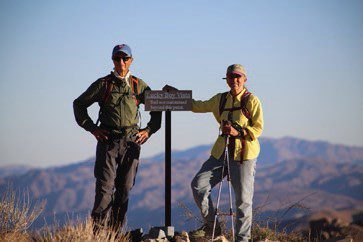
On January 1, 2020 Wandering Mojave Hiking Services (WMHS) began operating as a permitted and insured guide service that stewards members of the local and guest communities through Joshua Tree National Park and its adjacent protected lands.
Full disclosure…I am married. And just like anyone who is in love with something but is married to someone else, there can be some jealousy. I admit that I’ve returned home after a day of guiding and start blabbering on about some new plant I saw, a creature I observed, or how great my clients were, and have felt my wife cringing at my enthusiasm for how I spent my day earning the daily bread. I recently brought my wife out on a hike with me and some clients. That outing felt a little like having my life partner and my mistress together at one table and in the end, I think something new was created…a family business perhaps. This three-way partnership is welltimed. In January of 2020, I had zero hikes booked. In January 2021, I had three. In 2022, WMHS had 22 hikes in 16 days.
The love is obviously growing beyond expectations, and integrating my wife is crucial to sustaining the growth and quality of experience that my clients deserve and require. After all, it takes some work and organization to bring others into this affair with the desert. In the end, my job is to kindle a flame between those that hire me with the object of my love…effectively creating land stewards who can walk with a certain level of consciousness over the most continuously undisturbed ecosystem in the United States.
.
You might think that someone like myself is a map and compass wizard. I am not. You’ve perhaps heard how the unaimed arrow never misses? Well, I began my love affair as that arrow and wherever I wandered, I was never lost. It was not the trails of the park that guided my flight, but rather the canyons, ridgelines, and animal paths that drew me deeper into the desert, going nowhere in particular and everywhere I could. This effectively built my style as a guide. My personal hikes were an exercise in curiosity as directed by the landscape and movements of organisms, who in turn are directed by climate, geology, biological drivers, and human intervention. There were times when it was sublimely quantum and thoroughly out of body.
Whether we spend 4 days in the backcountry or 4 hours on a well-worn trail doesn’t really matter. Sometimes love happens in a glance. What does matter is depth
.
You can only fall so far into a relationship without knowing someone’s name, or names. It was during the superbloom of 2018 that I became aware of this. After living in the Mojave for 17 years, while walking through the immense expression of color and form, I started to feel like the guy at the party who couldn’t remember anyone’s name…but the party guests were all plants.
So, I bought a book and started learning how to learn botany. Never having done especially well in formal academic settings, I didn’t quite understand that learning how to learn was the first step to learning what you thought you wanted to learn.
Every plant name tells a story. The common name, Joshua Tree, tells us a story about Mormons seeing the outstretched arms of biblical figure on the desert landscape. “Hunuvat chiy’a,” speaks to the relationship between the Mojave’s megaflora and the Cahuilla people. Yucca brevifolia tells us that the National Park’s namesake is a short-leafed member of the genus Yucca. This is intimacy…knowing something by many different names and how those names came to be. What’s a relationship without some accumulated history, or perhaps baggage? These various names contain both.
Names are one thing and the body is another and if we’re still talking about intimacy (which I am), then the body is so much of where it’s at. How the body moves over land is defined by the chosen path, just as a landscape is defined by its underlying geology.
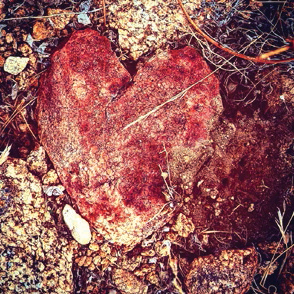
The word “trail,” comes with many meanings to many people…Maintained trail. Trail not maintained beyond this point. Social trail. Primitive trail. Jeep trail. Animal trail. Wagon trail. Star trail. Mojave trail. Trails are simply a set of patterns, patterns that have been burned into our DNA and the land after billions of years of chasing food, shelter, sex, transcendence, precious resources, and the modern idea of “recreation.” Seeing trails is simply a matter of seeing these patterns and choosing which to follow in accordance with your body’s ability to move lovingly over the land and our mind’s desire to learn the secrets of those patterns. I see trails everywhere I look, because I’m always chasing my love, the desert, and she expands in every direction.
Lately, I have been giving a great deal of thought and practice to something I call the “Three Inch Step.” This concept is especially relevant on anything other than a well-maintained trail. And while I have never read anything about people climbing Mount Everest, I imagine this is how people who do, reach the top…one 3” step at a time. It means that pacing will be managed in a fashion that conserves energy. No fast ascents or dashes down canyons with clients, but rather a method of travel that keeps one’s feet aligned with their center of gravity. In this way, we have time to see, walk, talk, and feel safe while going as far as our collective skill and interests can carry us. It is the epitome of “slow is fast.”
The desert is slow…a slow burn. No matter which desert you are in, it represents a landscape that is changing little as whatever it was that has been its dominant driver of change has come to an end many thousands of years ago. Now that I have entered my forties, I have finally come to accept the slow burn of relationships over the flash in the pan romance that is the hallmark of youth. In the era of interconnectivity via the virtual, I am looking to cultivate the intimacy of the actual. Over miles, one 3-inch step at a time. If you’ve ever felt that the distance, terrain, or aggressive plants have kept you at bay, give me a ring and let’s have a wander together.
